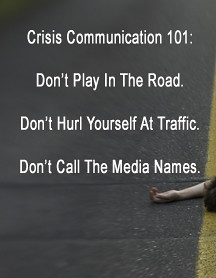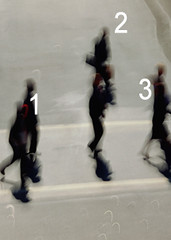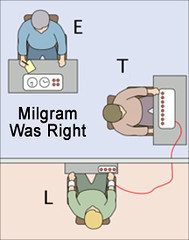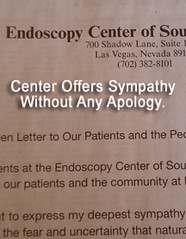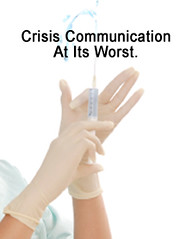
"PCA is second to nobody in its desire to know all the facts, and our team is working day and night to recall affected products and to complete its investigation." — Peanut Corporation of AmericaWith the FBI issuing search warrants to assist the FDA in its ongoing investigation of the Peanut Corporation of America's (PCA) plant in Blakely, Ga., and corporate headquarters in Lynchburg, Va., it seems everyone wants...









